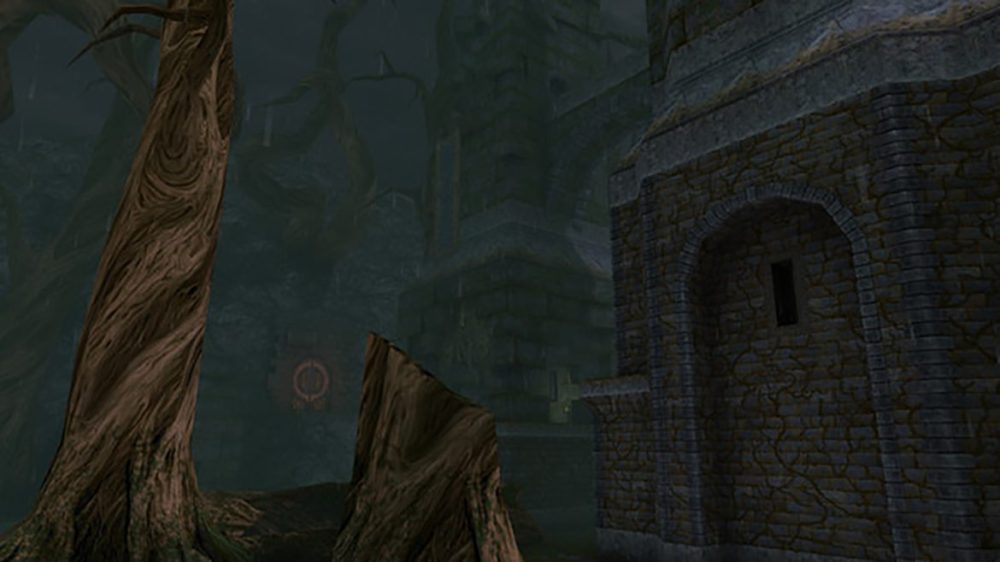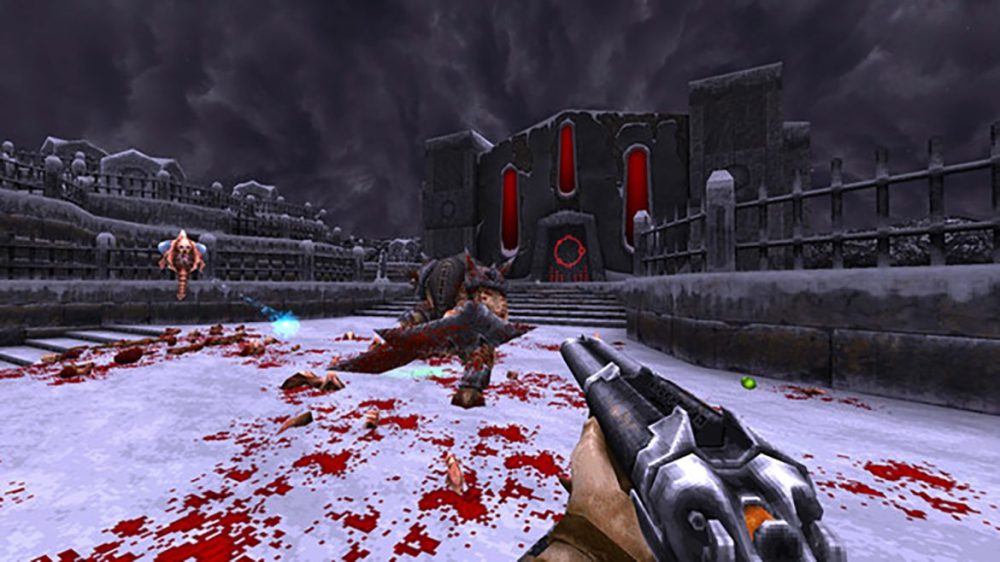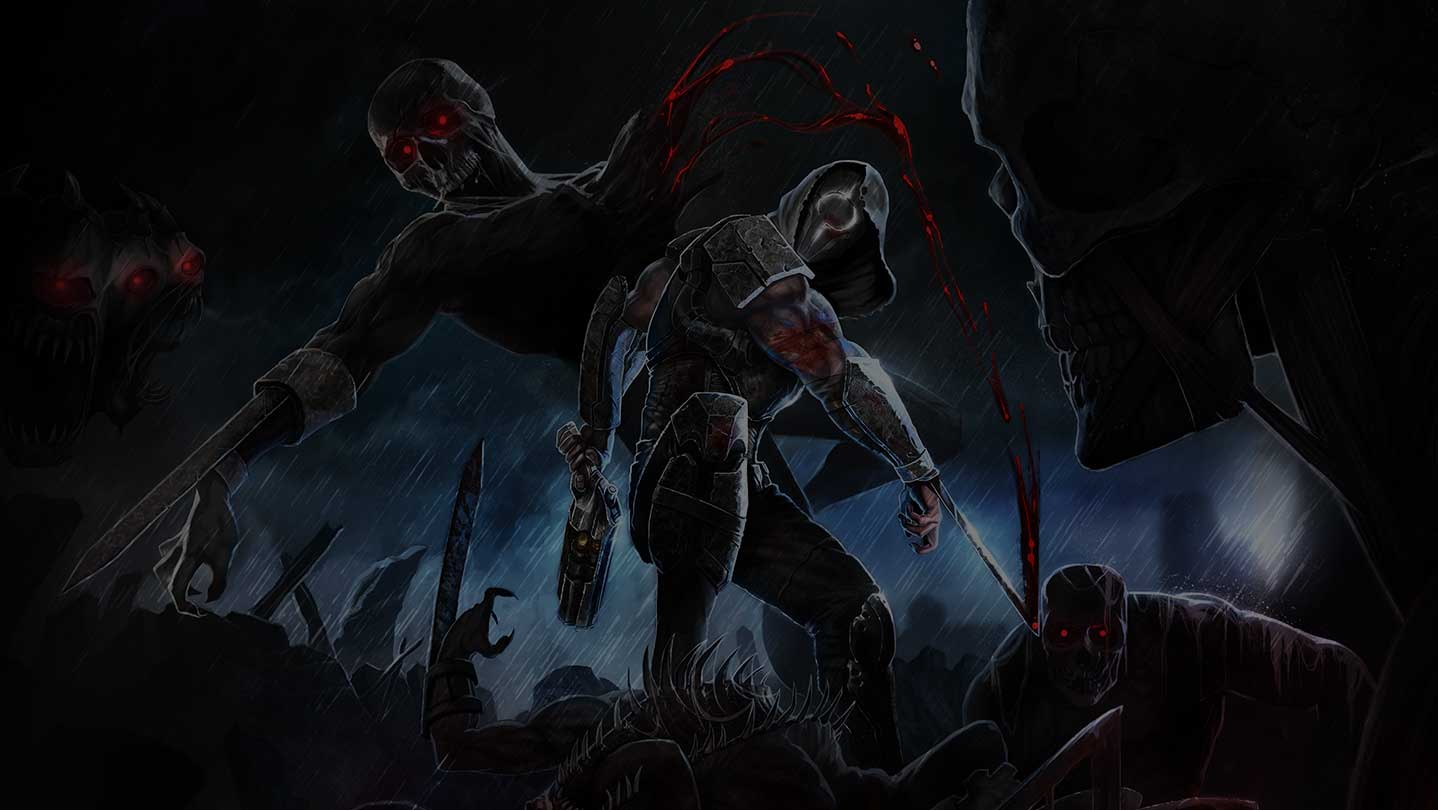TL;DR
Wrath: Aeon of Ruin is a love letter to 90s FPS classics like Doom and Quake, immersing you as the Outlander in a brutal, demon-infested world. Expect fast-paced combat, nostalgic visuals and sound, and interconnected levels with branching paths. While it nails the old-school feel and offers light RPG elements for character progression, the game's punishing difficulty is amplified by a frustratingly sparse save system, potentially forcing you to replay large chunks. If you crave a challenging, retro-inspired shooter experience, dive in and see if you can conquer its design, but be prepared for the occasional setback. Want the full breakdown of its retro charm and frustrations? Read on!
In Wrath: Aeon of Ruin, the player assumes the role of the Outlander, a solitary figure adrift in the Ageless Sea. Landing upon a desolate shore, the Outlander is tasked by the Shepherd of Wayward Souls to eliminate the corrupted Guardians of the Old World. These once-angelic protectors have succumbed to decay and are now responsible for the devastation of this perilous realm.

Wrath: Aeon of Ruin is a new title that consciously emulates the design principles of 1990s first-person shooter classics like Doom, Quake, and Chasm: The Rift. Its graphics, sound effects, and music evoke a strong sense of nostalgia. The game’s fast-paced combat is meticulously recreated, capturing the essence of the genre. Furthermore, Wrath: Aeon of Ruin incorporates light RPG elements, allowing players to collect items and skills to enhance the Outlander’s capabilities, benefiting both exploration and combat efficiency.

Rather than employing a linear structure, Wrath: Aeon of Ruin features interconnected levels accessible through three distinct hub worlds, each with its own thematic identity. From these hubs, players can access a total of fifteen levels, each exhibiting a unique design that reflects the theme of its corresponding hub. Levels incorporate multiple branching paths that ultimately converge back to the main route, effectively expanding their scope. Players will encounter a significant number of enemies and challenging boss encounters within each level. The controls are responsive and intuitive; however, the high damage output of some enemies can lead to frequent player deaths.

A notable drawback is the game’s save system, which relies on Soul Tethers. These act as save points, allowing players to restore their character to that location upon death. The infrequent placement of these tethers can result in the need to replay substantial sections of the game after an untimely demise. Furthermore, the respawn selection process can be unclear, as evidenced by one instance where the player was returned to the central hub, necessitating the repetition of a significant portion of previously completed content. This aspect can be frustrating.
In conclusion, Wrath: Aeon of Ruin is a well-executed and expansive title. For players familiar with the original FPS games of the 1990s, it serves as a faithful and affectionate homage. However, the unnecessarily complex and inconvenient save system detracts from the overall experience, impacting the final rating.
Fulqrum Publishing provided a review code for this evaluation. The provision of materials does not influence our editorial judgment.
